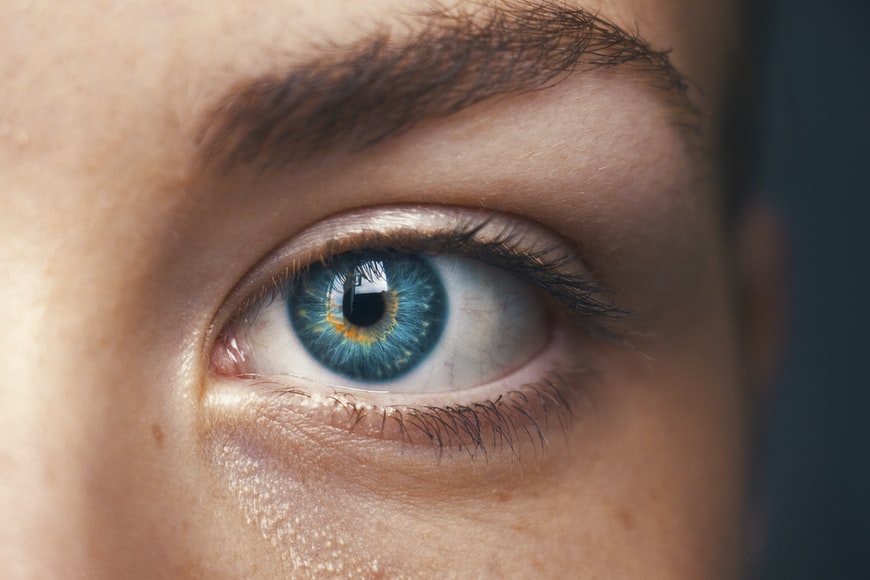A common misconception is that LASIK cannot correct astigmatism. Many patients have been told this by their optometrist, friend, or family member. In reality, that is just not true! Dr. Manger has been correcting astigmatism with LASIK since 1996.
Astigmatism refers to an imperfection in the shape of the cornea. As a result, the cornea is an oval or “football” shape rather than a sphere or “basketball” shape. This oval shape causes light rays to focus at different points on the retina, resulting in blurry vision. Astigmatism can cause vision to be distorted at all distances. Common symptoms of astigmatism are wavy or distorted vision, discomfort with reading computer or print, eye strain or headaches, and difficulty with night vision. Most people with astigmatism also have some degree of nearsightedness or farsightedness, but it can occur by itself as well.
Dr. Manger uses the excimer laser during the LASIK procedure to reshape the cornea. He flattens the cornea with nearsighted patients, and with farsighted patients, he steepens the cornea. To correct astigmatism, Dr. Manger uses the laser to correct the oval shape to a spherical shape. Astigmatism is more common than you think. Almost all patients who come in for a LASIK exam have at least a small degree of astigmatism. Fortunately, once corrected with LASIK, the patient is left with clearer vision at all distances. At Saddleback Eye Center, 99.7% of Dr. Manger’s patients see 20/20 or better, including patients with astigmatism! The remaining 0.3% are seeing 20/30 and are happy with their vision.
The best way to determine if LASIK can correct your astigmatism is to come in for a LASIK exam with Dr. Manger. We will perform 14 tests on your eyes during the exam to determine your candidacy for LASIK and show you with special lenses what your vision will look like after LASIK. Dr. Manger has corrected tens of thousands of astigmatism patients, so rest assured astigmatism is very common and correctable with LASIK!



